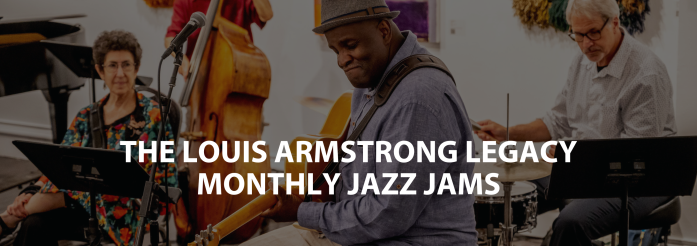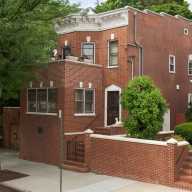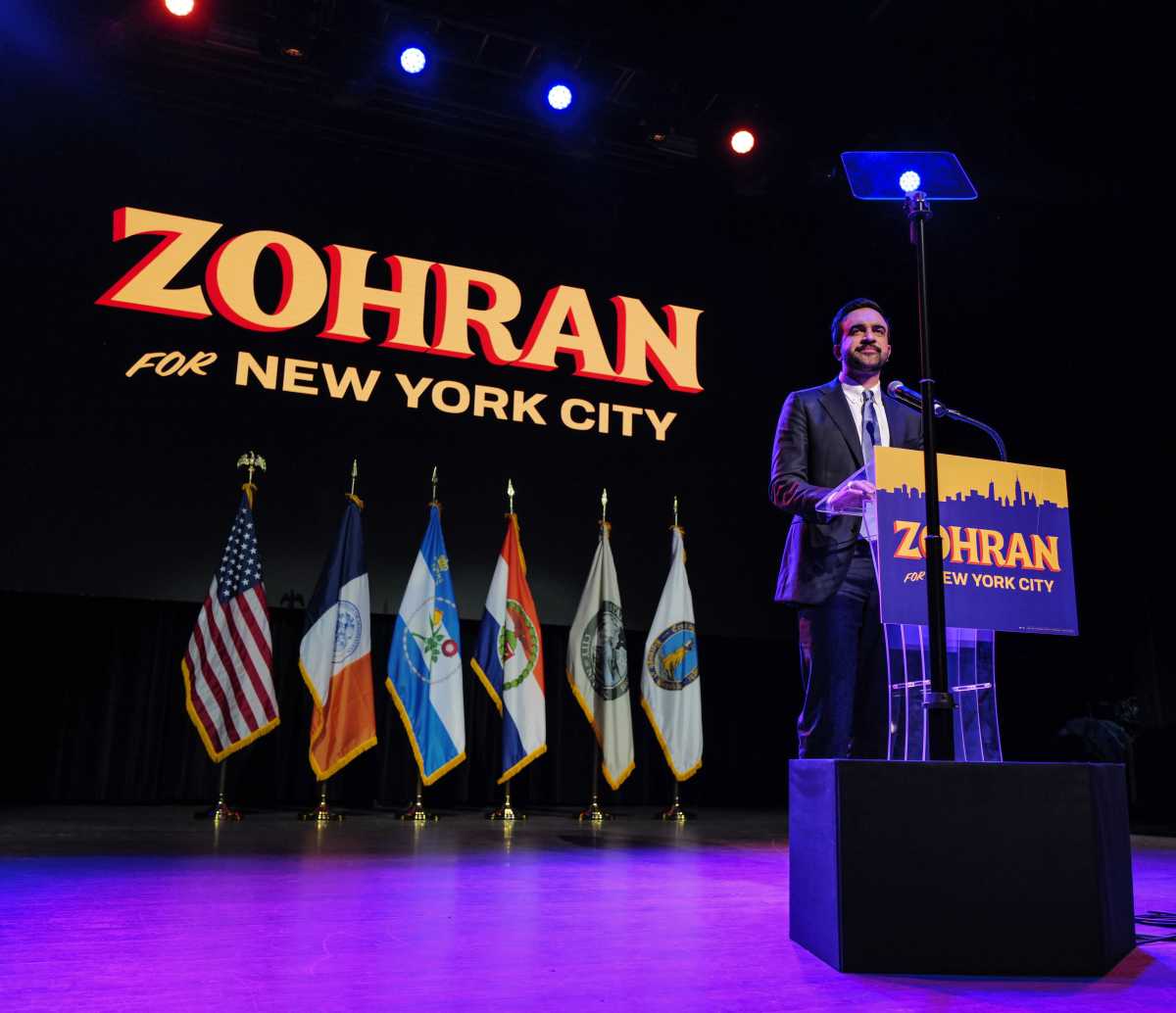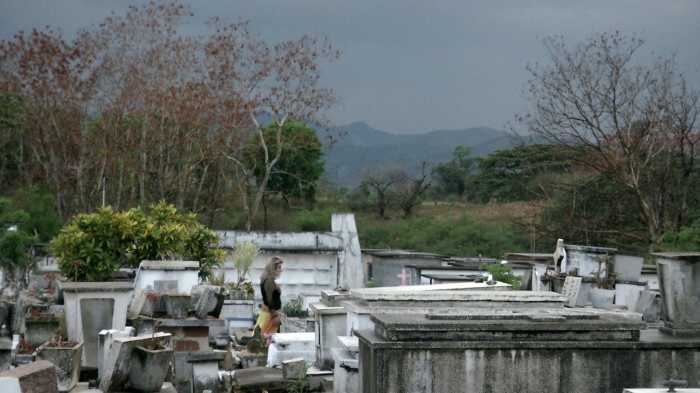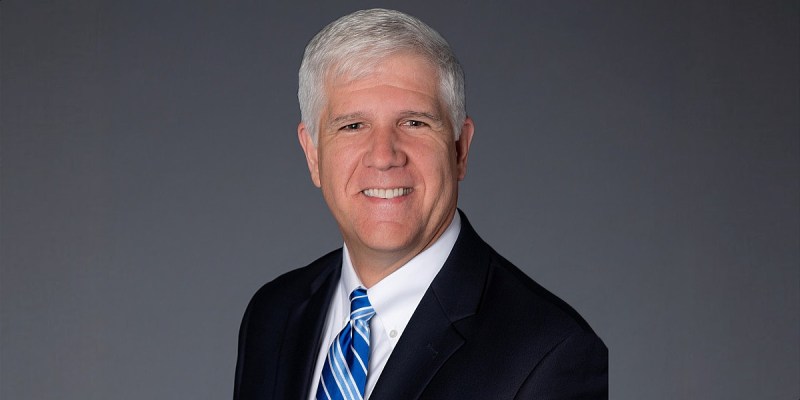Parents and guardians could begin receiving emergency alert text messages or e-mails from their children’s schools as early as January after Governor David Paterson recently signed legislation requiring city public schools to do so in the case of an emergency.
Queens Assemblymember Rory Lancman, who began calling for city schools to use an emergency alert system back in 2007, cited the confusion with the outbreak of the H1N1 virus resulting in multiple school closings in the borough as a prime example of how parents could benefit from the system.
“If we had an emergency alert system in place then the schools and the parents wouldn’t be scrambling to figure out what’s going on,” Lancman told The Queens Courier. “The [School’s] Chancellor would push one button and everyone would know.”
The legislation came about after a Glen Oaks school went into lockdown in 2007 and many parents were left in the dark as to what was going on inside the school. With the alerts going out to parents, they hope they will not have a repeat of that situation.
“I can rest easy with something like this in place because people will be able to react accordingly,” said Suzanne Windland, Co-President of the School District 26 Presidents Council. “Parents won’t be sitting at the bus stop for three hours wondering what happened to their kids.”
Prior to the Glen Oaks public school incident, a gunman was apprehended on St. John’s University’s Queens campus and school officials notified and updated students, faculty and staff who were signed up for their emergency alert system about what was happening on campus. Immediately after the incident, St. John’s saw a surge in the number of registered users for alert system.
Already, New York State has an emergency alert system in place called NY-Alert, which residents can sign up for in order to receive information about severe weather warnings, highway closures and many other emergency conditions taking place in their areas.
“We’re not asking the city to reinvent the wheel here or to create technology that doesn’t exist,” Lancman said.
Meanwhile, the city announced it will expand its Notify NYC pilot program, which it tested on four neighborhoods throughout the city, on May 28, where residents can sign up to receive emergency alerts pertaining to their zip code. In addition, they can also sign up for non-emergency information like unscheduled suspensions of alternate side parking.
“You can be just about anywhere and receive instantaneous information about events of concern in your community, or any other area of the city,” Mayor Michael Bloomberg said. “Many New Yorkers have this technology in their pockets, and I’m glad that their government can now supply them with timely emergency information.”
For more information about Notify NYC or to register, visit www.nyc.gov. People who do not have regular access to email or text messaging may also register exclusively for voice alerts to their home, office or cell phones by calling 3-1-1 and using the automated phone registration system.






